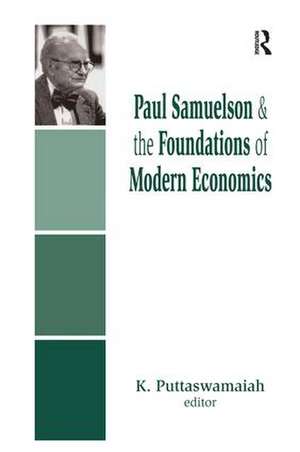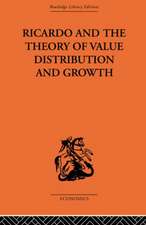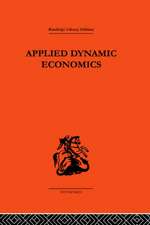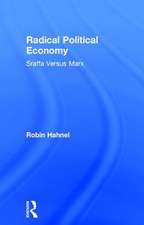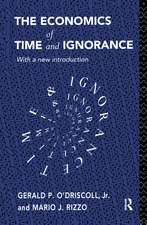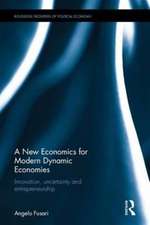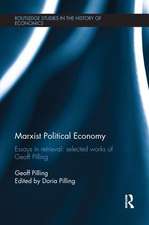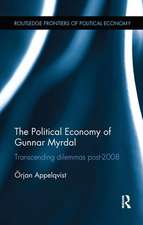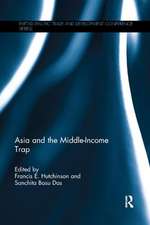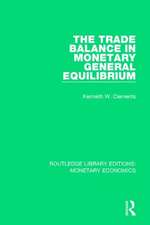Paul Samuelson and the Foundations of Modern Economics
Autor K. Puttaswamaiahen Limba Engleză Paperback – 5 feb 2018
Preț: 222.32 lei
Preț vechi: 266.20 lei
-16% Nou
Puncte Express: 333
Preț estimativ în valută:
42.55€ • 44.25$ • 35.12£
42.55€ • 44.25$ • 35.12£
Carte tipărită la comandă
Livrare economică 15-29 aprilie
Preluare comenzi: 021 569.72.76
Specificații
ISBN-13: 9781138513020
ISBN-10: 1138513024
Pagini: 274
Dimensiuni: 152 x 229 mm
Greutate: 0.45 kg
Ediția:1
Editura: Taylor & Francis
Colecția Routledge
Locul publicării:Oxford, United Kingdom
ISBN-10: 1138513024
Pagini: 274
Dimensiuni: 152 x 229 mm
Greutate: 0.45 kg
Ediția:1
Editura: Taylor & Francis
Colecția Routledge
Locul publicării:Oxford, United Kingdom
Cuprins
1. Contributions of Paul A. Samuelson 2. An Essay on the Accuracy of Economic Prediction 3. Analytical Aspects of Anti-Inflation Policy After 40 Years 4. Kreislaufaná Great Aggregates: The Missing Link in the Work of Professor Samuelson. Or, In Search of Lost Dynamics 5. Generalising the Tableau Economique: Isnard's Système des Richesses 6. The Neoclassical Classical 7. A General Non-Substitution Theorem along Samuelsonian Lines 8. Samuelson the Vain, 9. Money and Price Theory, 10. Samuelson; A Personal Recollection, 11. Monotone Price Movements: A Non-Euclidean Approach, 12. The Role of Samuelson's Economics in the Production of a Keynesian Economist.
Descriere
Paul A. Samuelson was the first American Nobel Laureate in economics, and the second overall. He was credited for "the scientific work through which he has developed static and dynamic economic theory and actively contributed to raising the level of analysis in economic science
